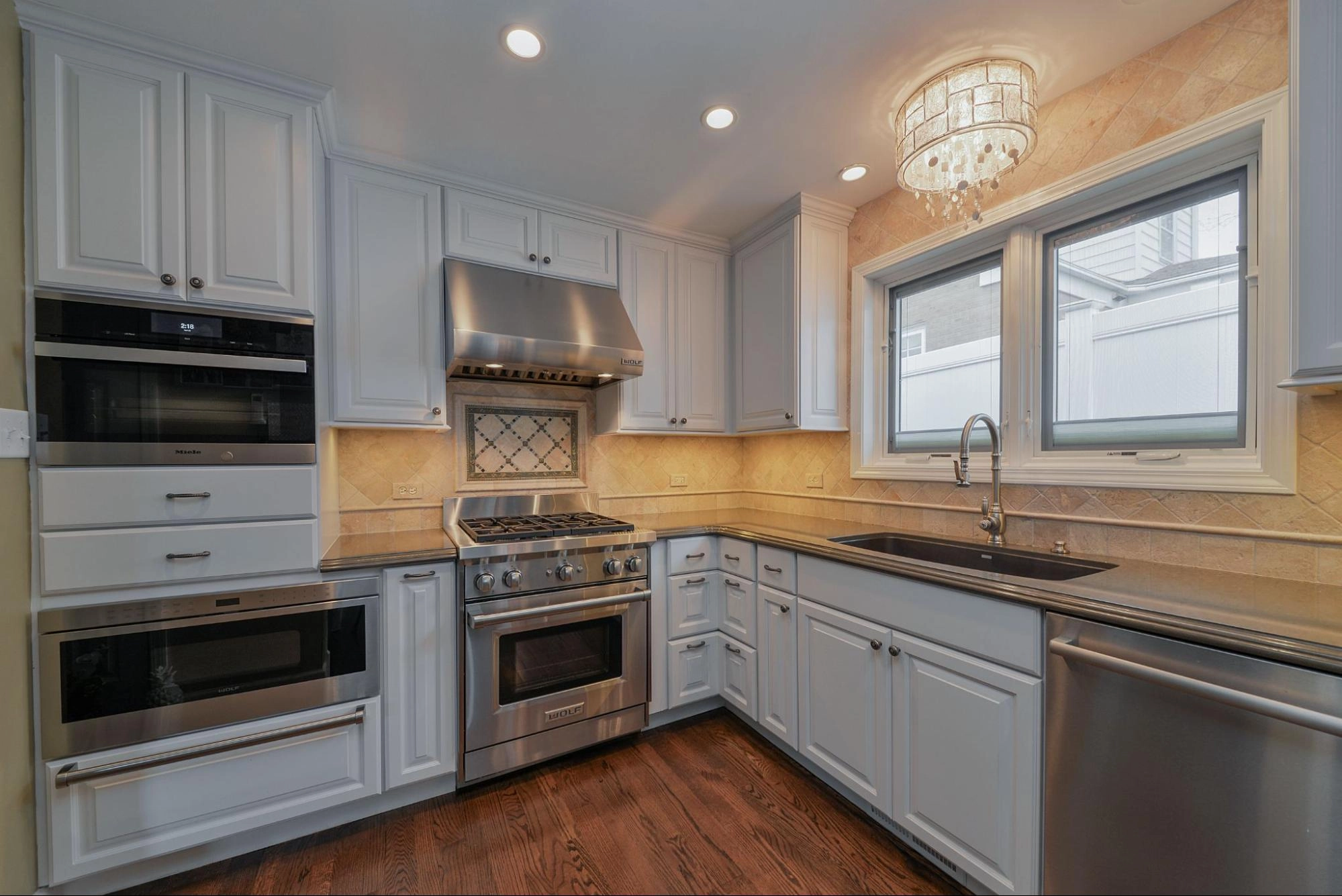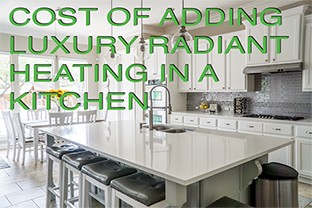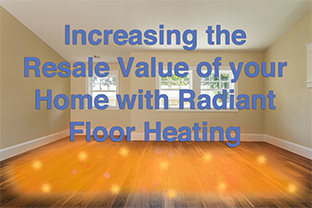Welcome to our expert blog, where we explore the fascinating and ever-changing world of vinyl flooring trends. Vinyl flooring has risen to the forefront as interior design enters a new era due to its adaptability, toughness, and limitless creative options. This blog is your go-to source for learning about the most popular vinyl flooring ideas influencing today’s interior landscapes, whether you’re a homeowner trying to update your living space or a design expert searching for the newest inspiration. We’ll explore the trends changing how we think about flooring, from realistic wood and tile-look vinyl to eco-friendly and sustainable solutions. Join us as we explore the hottest trends, cutting-edge creations, and professional insights that will guide your decision-making and enable you to modify your spaces stylishly and assuredly.

Luxury Vinyl Plank (LVP)
Luxury vinyl plank flooring looks like genuine hardwood but is more resilient to water and wear. Due to its durable construction and versatile design, it was a well-liked option. LVP is a resilient flooring type that has become more popular as an adaptable and affordable substitute for hardwood flooring and other materials. LVP resembles the feel and appearance of genuine wood planks while providing several benefits, such as cost, durability, and simplicity of maintenance. LVP is renowned for its very authentic wood look. Homeowners may select the design that most closely resembles their aesthetic preferences, given the variety of wood grain patterns, hues, and textures available.
Something you may not know about luxury vinyl planks is the potential to accessorize with highly advantageous floor heating applications. WarmlyYours’ TempZone™ Floor Heating is installed in a layer of self-leveling cement. This contributes to a level and smooth surface that facilitates installation and prevents thinner vinyl flooring materials from adhering to the shape of the heating wire while heated. Underfloor heating provides incredibly even heating throughout the room.

Wood-look Vinyl
Homeowners prefer vinyl flooring with realistic grain patterns and textures that resemble the natural appearance of wood. Popular selections were light to dark colors of wood. A form of resilient flooring created to imitate the appearance of natural hardwood flooring closely is known as wood-look vinyl, often known as vinyl plank flooring or vinyl wood flooring. Because it combines wood’s visual appeal with vinyl’s dependability and cost, it is a popular option for homes and businesses.

Tile-look Vinyl
There was a desire for vinyl tiles that looked like ceramic, porcelain, or stone tiles. They provided these materials’ visual attractiveness without their challenging maintenance requirements. Vinyl tile flooring, often known as tile-look vinyl, is a form of resilient flooring that mimics the appearance of different kinds of ceramic, porcelain, or natural stone tiles. It has the aesthetic appeal of tile with vinyl’s affordability, maintenance-free durability, and cost-effectiveness.

Wide Planks and Long Tiles
Interior designers suggest broader and longer boards or tiles for a more modern and spacious appearance. These more extensive plans might make a space seem more significant. Larger-sized flooring components with distinct aesthetic and visual effects are better known as wide planks and long tiles in interior spaces.
Wide Planks
Wide planks differ from conventional flooring planks in that they are more comprehensive in width. Wide planks can be as wide as 12 inches, although ordinary hardwood planks are generally 2.25 to 3.25 inches wide. More significant alternatives, with widths of up to 16 inches (40 cm) or more, could be available from some manufacturers. The product line in question, as well as the design preferences of the manufacturer, sometimes influence the width decision.
Long Tiles
Compared to regular tiles, distinguishing long tiles is achieved by their increased length. While standard ceramic or porcelain tiles are frequently available in sizes like 12x12 inches or 18x18 inches, long tiles can be between 24 and 48 inches or longer. Long vinyl tiles are desirable for modern and contemporary home designs because their expanded length may produce a dramatic visual impression. As longer tiles leave less apparent seams and lines on the floor, they help provide the belief that space is more visually expansive.

Waterproof Vinyl
Waterproof vinyl holds up against water intrusion. In contrast to regular vinyl flooring, which may be water-resistant to some extent, waterproof vinyl offers a higher level of defense against water damage. Waterproof vinyl is well-known for its durability and resistance to high-foot activity. The wear layer shields the surface from damage, making it suitable for home and commercial use. Waterproof vinyl flooring has a degree of elasticity, which offers it some impact resistance. It can withstand the impact of dropped objects better than ceramic tile or hardwood, lowering the chance of chipping or cracking. The waterproof vinyl top wear layer resists abrasion and friction. Due to its resilience to surface wear, the flooring can keep its beauty even in places with heavy foot activity.

Patterned Vinyl
Several homeowners opt for vinyl with solid patterns or geometric motifs to add a touch of originality and uniqueness to their interior spaces. Patterned vinyl refers to vinyl flooring with eye-catching patterns or designs on its surface. Contrary to plain or solid-colored vinyl, patterned vinyl offers visual interest and a decorative element to a place. This vinyl flooring style is popular among homeowners who want to make a striking and fashionable statement with their interior furnishings.

Matte Finishes
Matte coatings have minimal to no gloss or luster. They don’t reflect as much light as high-gloss or semi-gloss finishes, giving them a smooth, velvety look. Surface textures on matte vinyl flooring frequently disperse light and decrease shine. While reducing glossiness, these textures can replicate the look and feel of natural materials such as wood, stone, or ceramic tile. Embossing methods impart texture and depth to the surface of matte vinyl flooring. These embossed designs seem less shiny. Matte finishes decrease glare and reflection from lighting sources, making them an excellent choice for areas where excessive shine may be an issue. Manufacturers frequently add scratch-resistant coatings to the wear layer to retain the matte appearance over time. These coatings protect against surface degradation and keep the brightness low.

Layered and 3D Effects
Vinyl flooring with multi-layered designs or 3D effects added depth and visual interest to spaces. Layered and 3D products in flooring and interior design relate to techniques that give a feeling of depth, texture, and dimension to flooring materials. These effects may add visual appeal, intricacy, and a tactile feel to the flooring surface, enriching a room’s overall design.
Printed Layers:
Flooring items that blend several elements, such as wood and stone, in a single design. A laminate flooring product, for example, may have a top layer that looks like wood and a bottom layer that looks like tone, providing a layered and textured aesthetic.
Embossing:
Using embossing processes to generate raised patterns or textures on the flooring’s surface. Thus, it can include simulated wood grain patterns, tile textures, or custom designs that add depth and visual interest.
Geometric Patterns:
Intricate geometric patterns, such as herringbone or chevron layouts, may generate a 3D illusion by manipulating the sense of depth and direction.
Layered Designs:
Layered or overlapping pieces provide a three-dimensional look in some 3D effects. Designs that resemble piled stone or layered wood planks are examples of this.
Layered and 3D effects are often used in residential and commercial spaces to elevate the visual impact of the flooring. These impacts can add to a room’s overall aesthetics and ambiance, making it more visually exciting and distinctive. Depending on a place’s design goals and intended mood, designers and homeowners can select flooring solutions that include these effects to achieve the ideal appearance and feel.

Ease of Installation
Click-and-lock glueless installation systems made vinyl flooring a popular choice for DIY enthusiasts. Vinyl flooring is popular among DIY enthusiasts and experts because of its simplicity of installation. Several characteristics contribute to the ease of installation of vinyl flooring.
Vinyl flooring comes in various styles, including vinyl sheet, tile, and luxury vinyl plank (LVP). Although each variety has its installation process, several provide user-friendly choices such as peel-and-stick, click-and-lock, or glue-down systems. These approaches often avoid the need for specialized equipment or adhesives. Regarding glue-down plans, a sealant is applied directly to the subfloor and the vinyl planks or tiles onto the adhesive.
Thank you for joining us on our journey through today’s design landscape’s most popular vinyl flooring trends. We hope our ideas and inspirations have given you a better grasp of the fascinating possibilities of vinyl flooring. As trends change and new technologies emerge, keep in mind that your flooring selections may significantly impact the character of your living areas. Vinyl flooring provides something for everyone, whether you prefer the classic beauty of wood-look vinyl, the sleek appeal of tile-look vinyl, or the eco-conscious alternatives that promote sustainability. As we navigate the changing world of interior design and flooring trends, stay tuned for more professional guidance, trend updates, and design inspiration.
Have a peek at our sponsor’s complete Luxury Vinyl Flooring Design Guide to learn how to effortlessly include electric floor heating into your LVP flooring project.
See also


